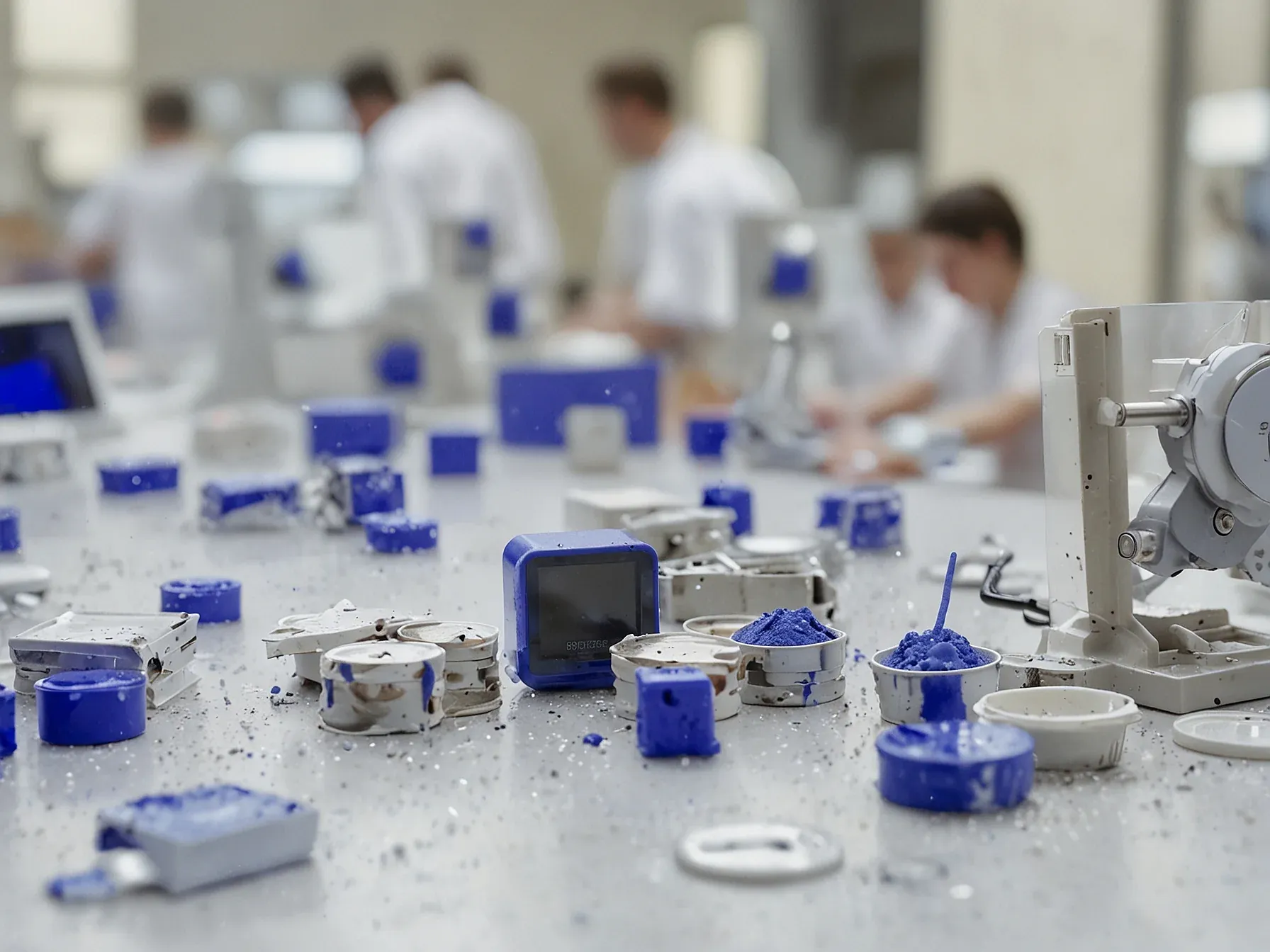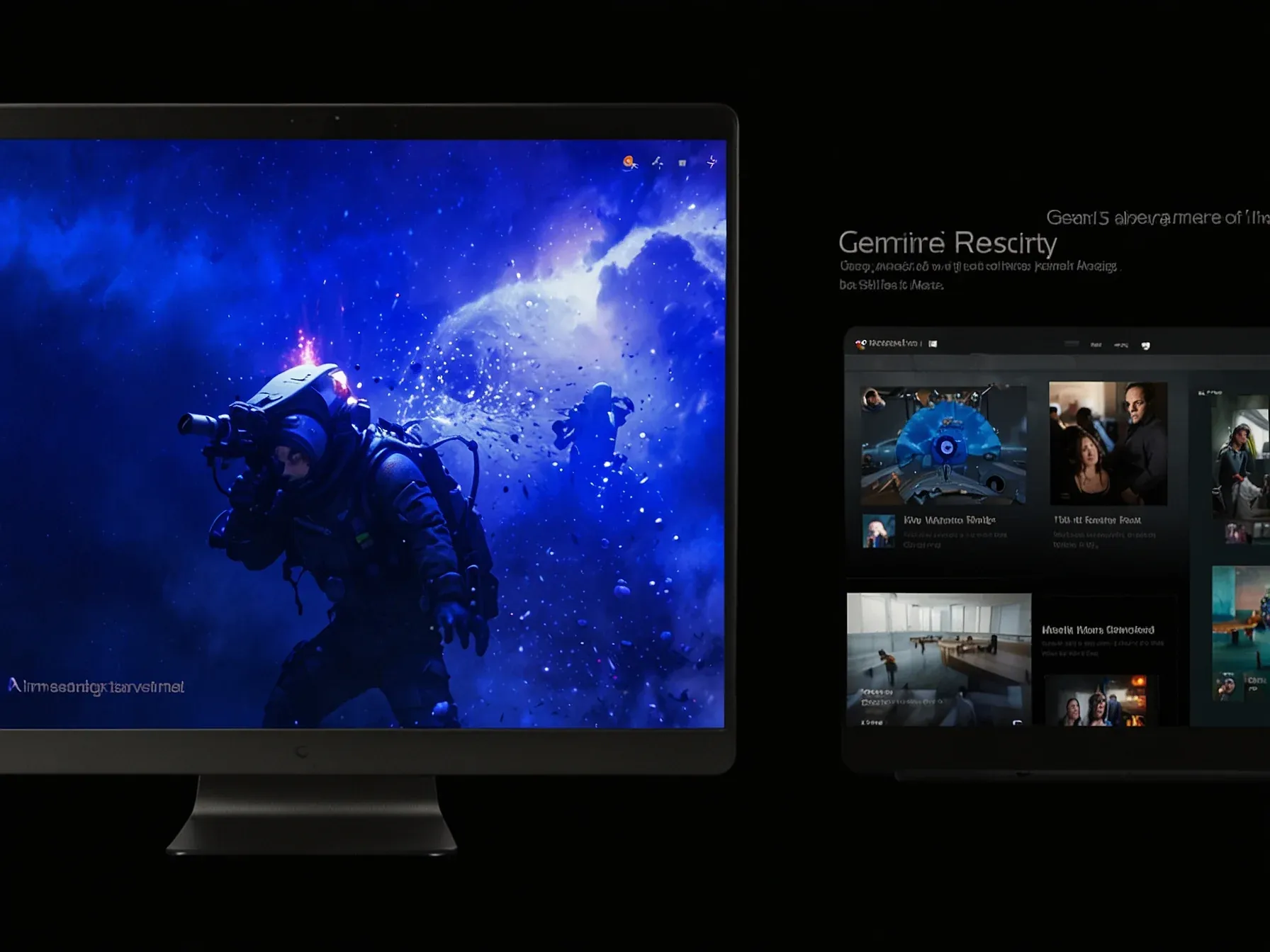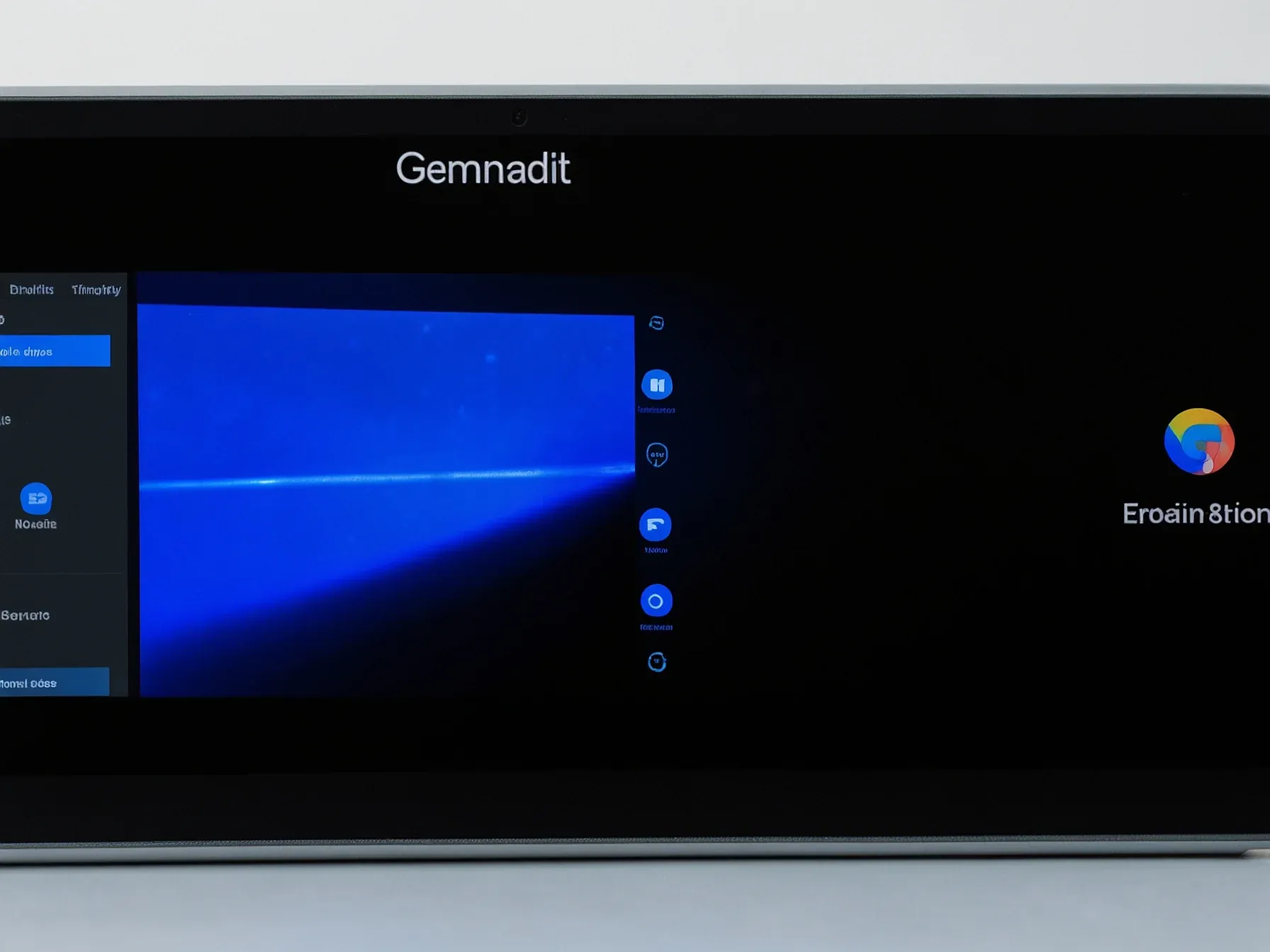
Swatch launches OpenAI tool for custom watches, fully automated production
Swatch just rolled out an OpenAI‑powered design portal that lets anyone sketch a watch on a phone and watch it materialize without human hands touching a single component. The service feeds a customer’s choices—dial size, strap texture, dial hue—directly into a fully robotic factory floor, promising a level of personalization that previously required a bespoke workshop. Yet the promise of instant, on‑demand customization collides with the brand’s own production reality.
Swatch cranks out more than three million timepieces a year, but the surge in orders triggered by the new tool has already stretched its capacity. While the AI front‑end feels sleek, the back‑end is a sprawling network of automated stations that still has to keep pace with an unexpected wave of interest. The powder and pigments are made separately by Swatch Group subsidiaries, as are the watch movements.
Even though every element of the process all the way to final assembly is completely automated, Swatch, which makes more than 3 million watches a year, has not been able to keep up with demand for...
The powder and pigments are made separately by Swatch Group subsidiaries, as are the watch movements. Even though every element of the process all the way to final assembly is completely automated, Swatch, which makes more than 3 million watches a year, has not been able to keep up with demand for "vanilla" MoonSwatches across its 100-plus bricks and mortar locations worldwide. And now it sells some of them online, too.
But it's that extrusion process that's the manufacturing bottleneck, and where Swatch has invested in new machines to clear the physical queues outside stores and backlog of customer interest. This being the case, it's hard to see how such a intricate production line, combining elements from multiple companies and locations within the Swatch world, would be able to start producing truly "bespoke", personalized MoonSwatches where each individual piece is unlike any other. Hayek exclusively tells me there is hope for customized MoonSwatches in the future.
We will see when we have a lot of requests from consumers, because we listen to consumers," he says. "We had a success [with MoonSwatch] and we are always thinking further--and there might be this way to reflect it also. Because it's all our own companies, there's no problem." Hayek is prepared to confirm that other Swatch models will in the future be added to the AI-DADA offering, along with the launch style of New Gent.
Will the new OpenAI tool finally bridge the gap? Swatch says the system can generate a design, match pigments and assemble the watch without human hands. Yet the earlier Swatch x You platform offered only a handful of preset patterns, which users could rotate, zoom and place on a 41 mm New Gent case.
The new service builds on that concept, drawing on OpenAI’s language and image models to suggest layouts in real time. Powder, pigments and movements still come from separate Group subsidiaries, and the entire line runs on fully automated machinery. Swatch produces more than three million watches annually, but reports indicate it has struggled to meet demand for the customized pieces.
It's unclear whether the AI‑driven workflow can scale fast enough to keep pace with consumer interest. The company’s confidence in automation is evident, but the lack of detailed throughput figures leaves the effectiveness of the rollout uncertain. As the tool rolls out, observers will watch for any shift in order fulfillment times.
Further Reading
- You Might Be One Step Closer to Designing Your Own MoonSwatch Thanks to AI - Esquire
- Papers with Code - Latest NLP Research - Papers with Code
- Hugging Face Daily Papers - Hugging Face
- ArXiv CS.CL (Computation and Language) - ArXiv
Common Questions Answered
How does Swatch's new OpenAI‑powered design portal create a custom watch without human intervention?
The portal lets users sketch a watch on their phone, then feeds choices like dial size, strap texture, and hue into Swatch's fully robotic factory floor. OpenAI’s language and image models generate the design in real time, while automated systems match pigments and assemble the watch without any human hands touching the components.
What production challenges does Swatch face despite its fully automated manufacturing process?
Even though every step—from powder and pigment creation to movement assembly—is automated, Swatch struggles to meet demand for its standard "vanilla" MoonSwatches across more than 100 brick‑and‑mortar stores. The extrusion process, which forms the watch cases, remains a bottleneck that limits how quickly the company can scale output.
In what ways does the new OpenAI tool differ from the earlier Swatch x You platform?
The Swatch x You platform offered only a handful of preset patterns that users could rotate, zoom, and place on a 41 mm New Gent case. By contrast, the new OpenAI‑driven service uses language and image models to suggest entirely new layouts in real time, allowing far greater personalization beyond the limited preset options.
Are the materials used in the custom watches still sourced from Swatch Group subsidiaries?
Yes, the powder, pigments, and watch movements continue to be produced by separate Swatch Group subsidiaries. Although the design and assembly steps are fully automated, the raw components still originate from the same internal supply chain as the company's conventional watches.




